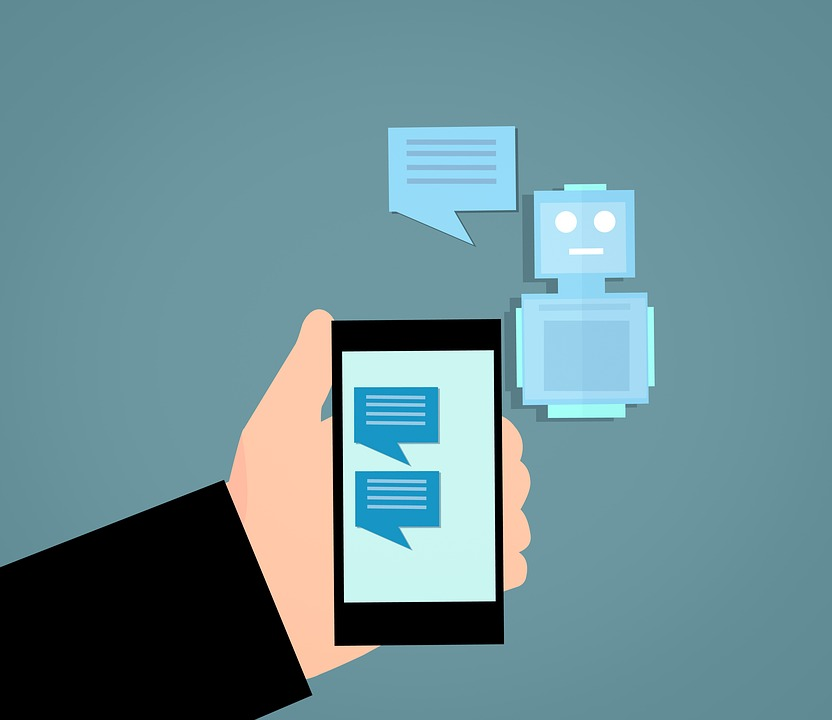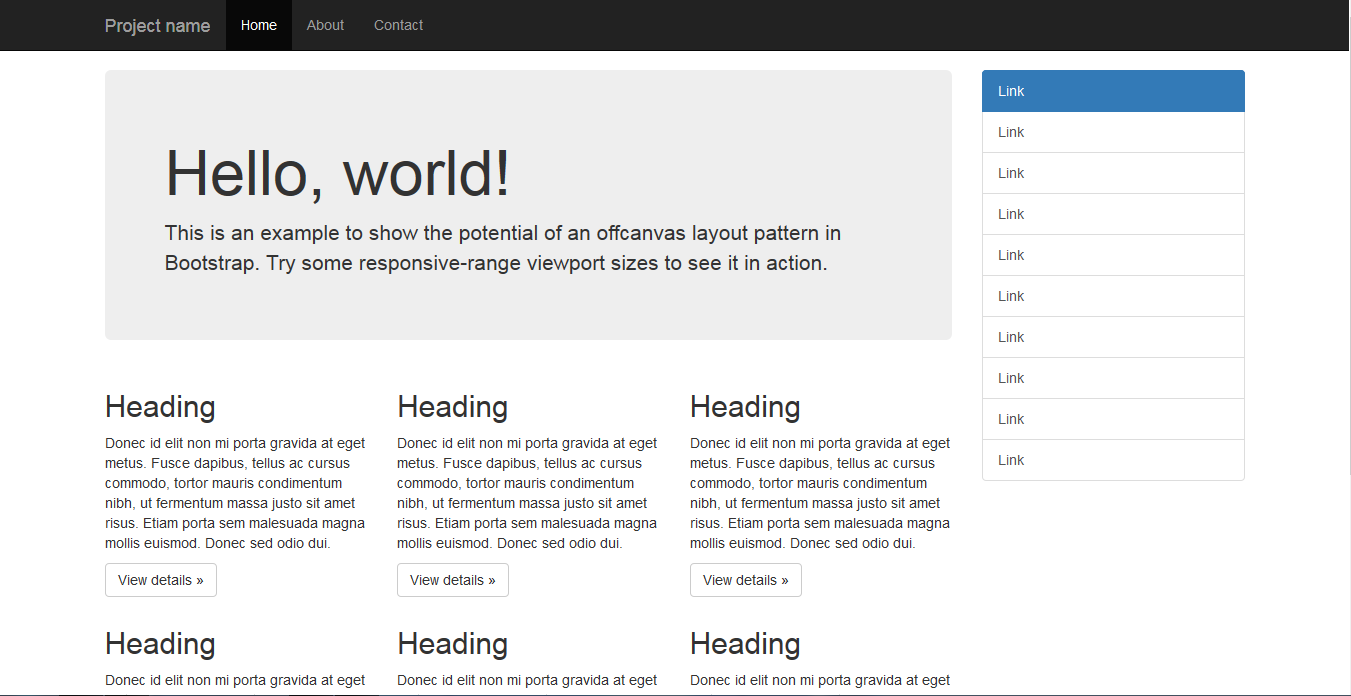CSS
- CSS stands for Cascading style sheets
- CSS defines the look of the website
- It tells the fonts, sizes, colors and locations of elements
- Can be used to animate elements
body {
background-color: lightblue;
}
h1 {
color: white;
text-align: center;
}
p {
font-family: verdana;
}
JavaScript
- With a dedicated programming language, JavaScript, your website can become interactive
- It allows you to add functionality to buttons, send data to / fetch data from a server in real time


Web APIs
What is a Web API
- API (Application Programming Interface) defines a way of communicating between applications
- A Web API defines how a client can communicate with a web server
- With the help of APIs, you don't need to create all functionality yourself
- Each program that wants to communicate to the outside world defines their own interface
- There are some architectural models like REST (Representational State Transfer) that exist to generalize API design
Client-side and Server-side APIs
- Client-side APIs — called on the web browser (client side):
- Browser APIs, built into the browser itself and extend its functionality
- For instance, the geolocation API returns coordinates where the browser is located
- Third-party APIs, for retrieving data from somewhere on the Web
- Browser APIs, built into the browser itself and extend its functionality
- Server-side APIs — called on the server:
- For communicating between servers or the client
- Consist of multiple exposed endpoints with a defined request-response system
API communication
Third party APIs
- Many services have public APIs that anyone can use
- Some services require users to have an API key
- JSON placeholder API
